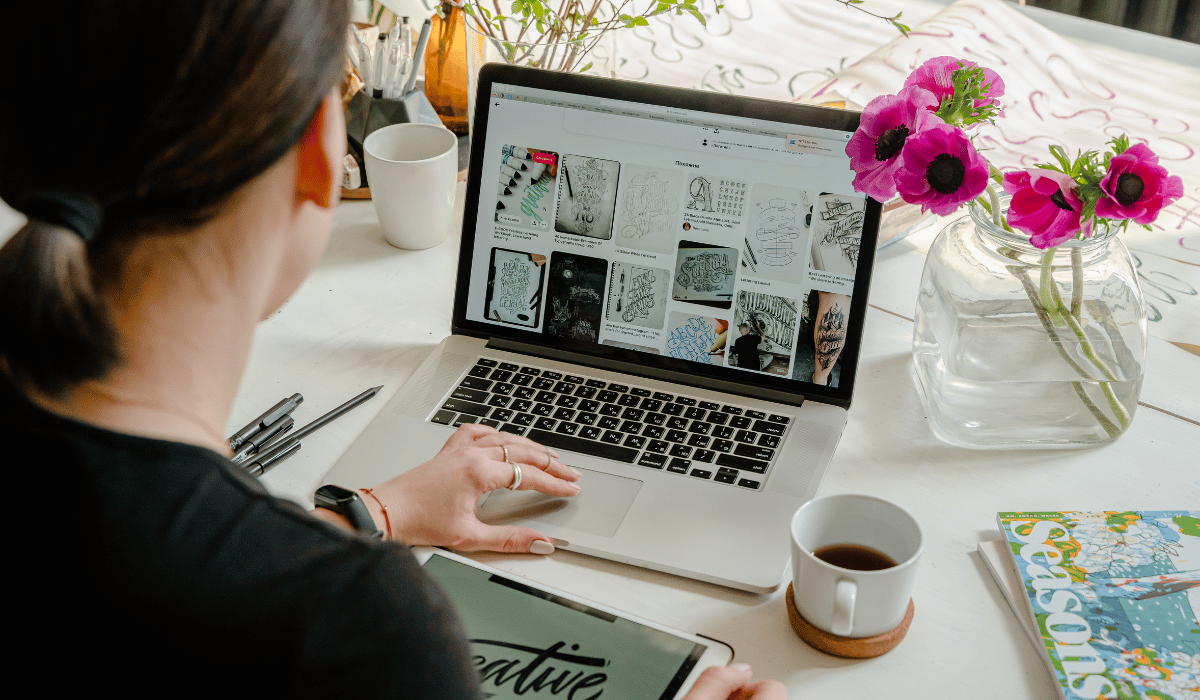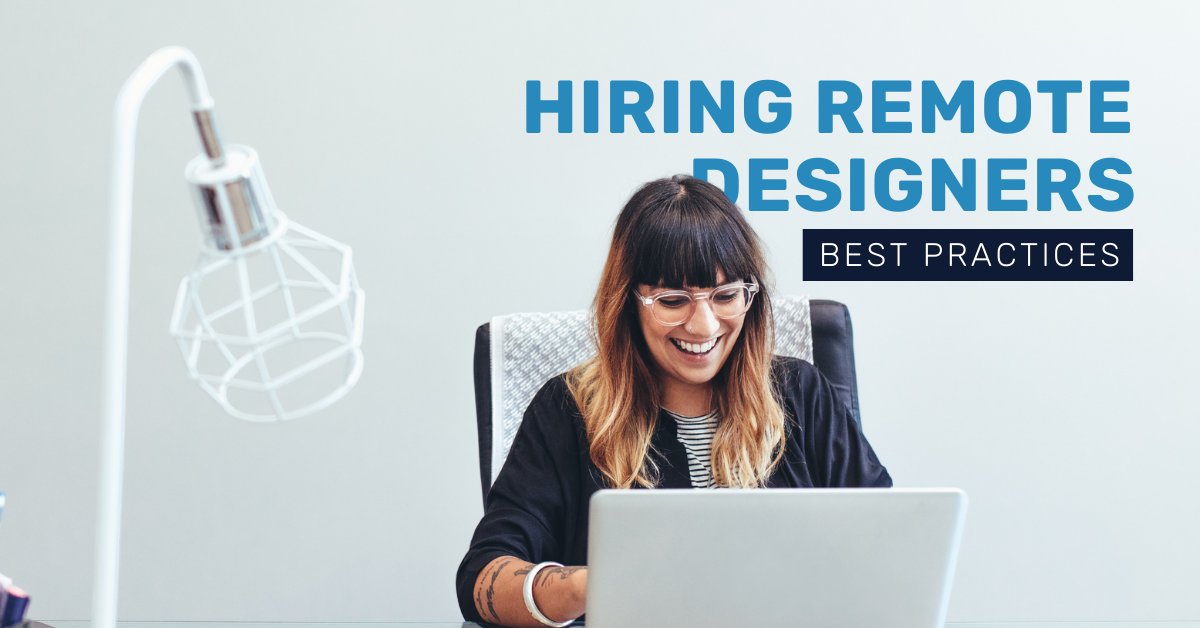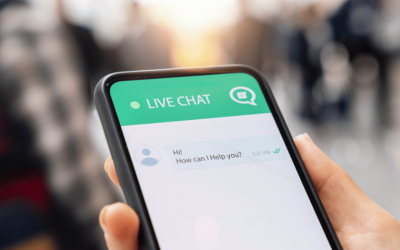The world of work is evolving, and remote work is rapidly becoming the norm. This shift presents a fantastic opportunity for companies to tap into a global talent pool of skilled designers.
But hiring remote designers comes with its own set of considerations. This guide will equip you with the best practices to attract top talent, build a smooth interview process, and onboard remote designers for success.
Attracting Top Remote Design Talent

In today’s evolving work landscape, remote design hiring offers a wealth of potential. To attract the best talent from a global pool, you need to craft a compelling message that resonates with designers seeking a fulfilling remote work experience. Here’s how to do just that:
Craft a Compelling Job Description
Your job description is your first impression. Don’t just list responsibilities; paint a picture of an exciting opportunity within a thriving remote design team.
Here’s what to include:
- Remote Work as a Benefit, Not an Afterthought: Lead with the freedom and flexibility of remote work. Highlight the perks like avoiding commutes, setting a personalized schedule, and achieving a better work-life balance.
- Skills and Experience: Outline the specific design skills and experience needed for the role. Be clear about technical proficiencies (e.g., UX/UI design software, design methodologies) and desired skillsets (e.g., user research, prototyping).
- Showcase Your Values: Don’t be afraid to showcase your company culture! Briefly highlight your core values, team dynamics, and what makes your design team unique. Attract designers who align with your vision and see themselves contributing to the team spirit.
Leverage Remote Job Boards, Platforms and Agencies
Go beyond traditional job boards. Here’s how to tap into the vibrant world of remote design talent:
- Remote-Specific Job Boards: Platforms like Remote.co, FlexJobs, or Working Nomads cater specifically to remote workers. Utilize their targeted audience to reach designers actively seeking remote opportunities.
- Design Community Platforms: Dribbble and Behance are treasure troves of design talent. Post your job openings and explore designer portfolios to discover hidden gems.
- Freelance Platforms (with Caution): Platforms like Upwork or Fiverr can be a resource, but use them strategically. Clearly define project scope and deliverables, and prioritize designers with strong portfolios and positive client reviews.
- Virtual Assistant (VA) Agencies: Looking to supplement your in-house design team with freelance or contract talent? Consider partnering with a VA agency specializing in remote design services. These agencies pre-vet and manage a pool of skilled designers, streamlining your hiring process and ensuring quality talent.
Building a Smooth Remote Interview Process

Finding the perfect remote designer requires a well-structured interview process. Here’s how to move from initial screening to confident selection, ensuring you find the right fit for your team:
Screening Process with a Design Challenge
While portfolios showcase a designer’s visual style, a well-designed design challenge delves deeper. Craft a challenge that reflects the type of work the designer will encounter in their role.
Avoid generic challenges – focus on a real-world scenario they might face. This assesses not just technical skills, but also their ability to apply design thinking to solve specific problems.
Evaluate the designer’s approach to the challenge. Did they ask clarifying questions? Did they showcase a logical thought process and a user-centric approach? Look for critical thinking and an ability to translate complex problems into elegant design solutions.
While visual appeal matters, prioritize process documentation. This reveals the designer’s methodology, research skills, and ability to iterate on their ideas. Did they conduct user research? Explore different design solutions? Look for evidence of a well-defined design process.
Remote Interview Best Practices
Remote interviews require extra planning to ensure a smooth experience.
Here’s how to create a positive and productive interview:
- Reliable Video Conferencing Tools: Choose a platform with clear video and audio quality, like Zoom or Google Meet. Ensure a stable internet connection on both ends for uninterrupted communication.
- Structured Interview Format: Develop a clear interview structure with pre-defined questions for each stage. This maintains focus, allows for fair evaluation, and helps you gather the information you need to make an informed decision. Use a scoring rubric to objectively assess each candidate based on your criteria.
- Targeted Questions for Remote Success: Go beyond design skills. Assess their communication style, ability to collaborate virtually, and time management skills. Ask situational questions to understand how they would handle specific remote work scenarios.
Evaluating and Hiring the Right Fit
A strong portfolio is a good starting point, but the ideal candidate goes beyond aesthetics. Here’s how to assess for cultural fit and a successful remote working style:
Portfolio Review
A portfolio review is more than just admiring pretty visuals. Seek evidence of a structured design process. Does the portfolio showcase user research, user testing, and iterative design cycles? This reveals a methodical approach and a focus on user-centered design.
Evaluate the designer’s ability to tell a compelling design story. Can they clearly articulate the problem they were solving, the design decisions they made, and the impact of their work? Look for strong communication skills and a clear understanding of design thinking.
Cultural Fit for Remote Teams
Cultural fit is paramount for remote teams. Seek strong communication skills, both written and verbal. Can they articulate their ideas clearly and concisely? Assess their ability to collaborate effectively in a virtual environment – actively listening, providing constructive feedback, and working towards shared goals.
The location should not be the deciding factor. Prioritize candidates who resonate with your company culture, share your values, and demonstrate a willingness to work independently while staying connected with the team. Look for a positive attitude, a proactive approach, and a passion for design.
Onboarding Remote Designers for a Seamless Start

Onboarding a remote designer requires a well-defined plan to bridge the physical distance and foster a sense of belonging. Here’s how to create a smooth onboarding process that sets them up for success:
Clear Communication and Setting Expectations
Open and consistent communication is vital for remote teams. Here’s how to establish clear expectations from the outset:
- Communication Channels and Tools: Outline your preferred communication methods – email, instant messaging platforms like Slack, or project management tools like Asana. Establish clear expectations for response times to ensure efficient collaboration.
- Setting Expectations for Deliverables and Deadlines: Discuss project expectations, deliverables, and deadlines upfront. Utilize project management tools to set clear timelines, track progress, and share updates. This promotes transparency and accountability.
- Virtual Onboarding Resources: Create a virtual onboarding document or handbook that outlines company policies, team structures, and essential resources for remote work. This provides a quick reference guide for new designers and eases them into their role.
Equipping Remote Designers for Success
Remote designers need the right tools to thrive. Go beyond the basics to ensure a productive and integrated experience:
- Essential Design Tools and Software: Provide access to the design software and tools they need to do their jobs effectively. This might include industry-standard design applications, prototyping tools, and collaboration platforms.
- Hardware Considerations: Discuss hardware needs and provide recommendations or stipends if necessary. This might include a reliable internet connection, a high-quality monitor, or specific design software licenses.
- Facilitating Team Introductions and Culture: Introduce your new designer to the team through virtual meetings or video calls. Encourage one-on-one introductions and create opportunities for informal interaction and team bonding.
Building a Thriving Remote Design Team

Building a remote design team goes beyond individual skills. Here’s how to cultivate a strong team spirit and encourage continuous development:
Invest in Building Remote Team Culture
Remote work can sometimes feel isolating. Organize regular virtual team-building activities to promote social interaction and team bonding. This could include virtual games, online workshops, or even remote happy hours.
Encourage open communication and knowledge sharing through dedicated channels and forums. This fosters collaboration, promotes innovation, and helps team members learn from each other.
Recognize and celebrate individual and team achievements, both big and small. This boosts morale, reinforces the value of teamwork, and creates a positive and supportive work environment.
Provide Opportunities for Growth and Development
Growth and development are essential for employee retention and satisfaction. Pair new designers with senior team members for guidance and support. This fosters a sense of belonging, provides valuable learning opportunities, and helps them navigate the intricacies of remote work.
Support professional development by offering access to online courses, conferences, or design workshops (both online and in-person if feasible). This allows designers to stay up-to-date on industry trends and refine their skillsets.
Tools and Resources for Remote Design Hiring

The right tools and resources can streamline your remote design hiring process. Here are some essential platforms to consider:
Project Management and Collaboration Tools:
- Asana: A powerful project management tool that allows you to assign tasks, track progress, share files, and communicate effectively with your team or freelance designers.
- Trello: A visual project management tool that uses boards and cards to organize tasks, deadlines, and workflows. Great for remote teams as it provides a clear overview of project progress.
- Slack: A popular real-time communication platform that allows for instant messaging, file sharing, and group discussions. Ideal for fostering communication and collaboration within your remote design team.
Design Portfolio Platforms
- Dribbble: A leading online community for showcasing design work. Allows you to browse designer portfolios, filter by skills and experience, and directly contact talented designers.
- Behance: Another popular platform for showcasing creative work, including graphic design, UI/UX design, and illustration. Offers a vast pool of potential candidates and allows for easy portfolio exploration.
Remote Interviewing Platforms
- Zoom: A widely used video conferencing platform that offers reliable video and audio quality, screen sharing capabilities, and recording options for interviews.
- Google Meet: A free video conferencing solution offered by Google. Provides a user-friendly interface, high-quality video calling, and integration with other Google products.
Conclusion: The Benefits of Hiring Remote Designers
Hiring remote designers unlocks a world of possibilities. You gain access to a wider talent pool, fostering a more diverse and creative team. Remote work can also improve work-life balance for your team, leading to increased employee satisfaction and retention.
Building a successful remote design team requires a commitment to clear communication, fostering collaboration, and establishing a positive remote work culture. By following these best practices, you’ll be well on your way to attracting top remote design talent and building a dream team that thrives in a virtual environment.
Need help implementing these strategies or managing the day-to-day tasks of your growing remote team? Office Admin Help can provide the experienced virtual assistants you need to handle administrative tasks, project management, and communication support.
Free up your time and resources to focus on building your dream design team. Contact Office Admin Help today!



